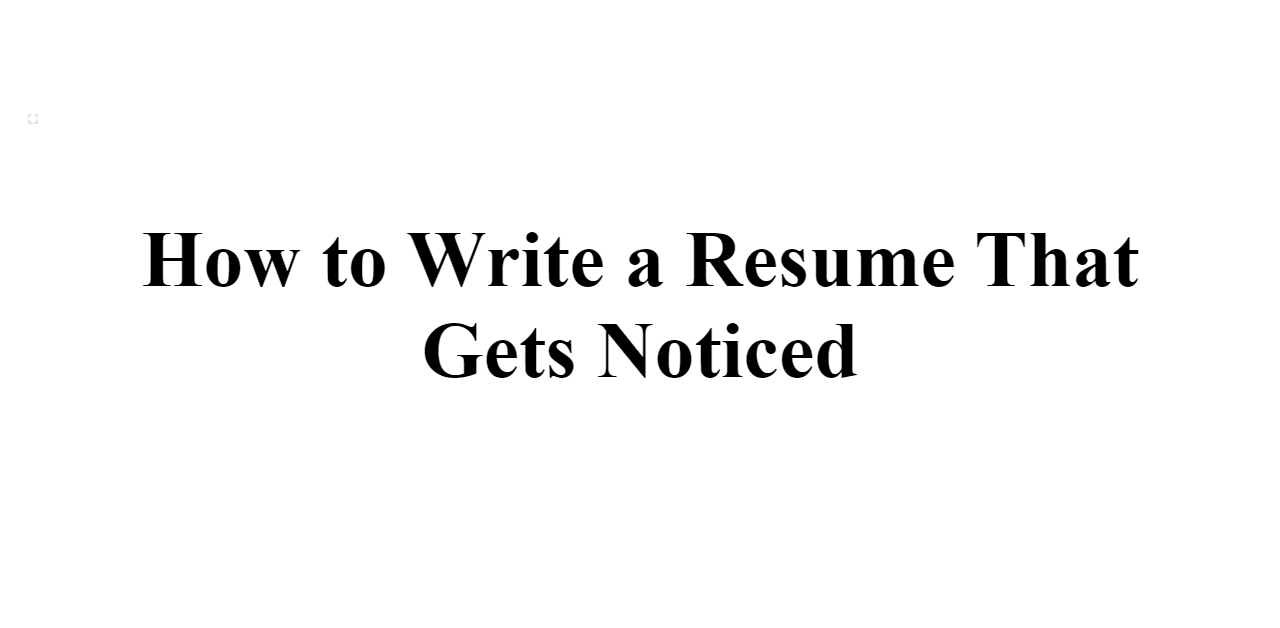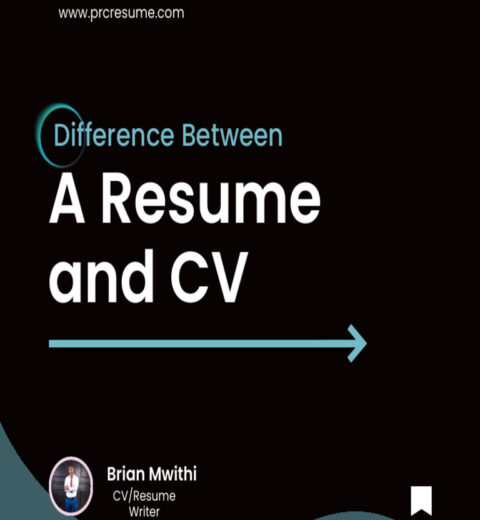Crafting a resume that garners attention is an art that combines clarity, creativity, and a strategic approach to presentation. In today’s competitive job market, it’s exceedingly vital to intricately design a document that not only details your experiences but also reflects your unique persona and professional ambitions. Here’s a comprehensive, step-by-step guide to building a standout resume.
Step 1: Determine the Resume Format
Before penning down any details, choosing the appropriate resume format is paramount. The three main formats include:
- Chronological: This format lists experiences in reverse chronological order and is ideal for those with a robust employment history.
- Functional: Focusing on skills rather than work history, this is suitable for career changers or those with gaps in employment.
- Combination: Merging both chronological and functional elements, this format is advantageous for those possessing a mix of relevant skills and extensive work experience.
Your choice of format should align with your career trajectory and the job you aim to secure.
Step 2: Craft a Compelling Header
The header is the first impression you provide. Your name should be prominently displayed, followed by your contact information, which typically includes your phone number, email address, and LinkedIn profile if applicable. Ensure the font and size are legible and professional.
Step 3: Write a Powerful Summary or Objective
A succinct summary or objective statement encapsulates your professional identity. The summary should reflect your career achievements and what you bring to the table. An objective, conversely, focuses on your goals. Ensure this section is tailored to the specific role for which you are applying, utilizing pertinent keywords that match the job description.
Step 4: Highlight Your Work Experience
The work experience section is pivotal. Detail your professional background using bullet points for clarity. Start with your most recent position and work backwards, including the company name, your job title, and the dates of employment.
Each bullet point should begin with a powerful action verb, such as “developed,” “managed,” or “led.” Quantify your achievements wherever possible to provide concrete evidence of your contributions. For instance, instead of saying “responsible for increasing sales,” state “increased sales by 30% within six months.” This adds credibility to your claims and showcases your impact in a tangible manner.
Step 5: Emphasize Education and Certifications
Education is crucial, especially for recent graduates. List your degrees in reverse chronological order, including the name of the institution, degree obtained, and graduation year. If applicable, include honors or relevant coursework. Additionally, provide information on certifications or licenses pertinent to your field. This can set you apart as a well-qualified candidate.
Step 6: Include Relevant Skills
Your skills section should mirror the key competencies highlighted in the job posting. Effective resumes typically blend hard skills—specific, tangible abilities—with soft skills, such as communication and leadership. Be judicious with the selection of skills; focus on those that will resonate with the hiring manager and are validated through your work history.
Step 7: Add Additional Sections as Necessary
Depending on the position and industry, consider including additional sections that may enhance your resume. These could be:
- Volunteer Experience: Showcases your community involvement and soft skills.
- Projects: Particularly relevant in tech and creative fields.
- Awards and Achievements: Highlights your accolades and recognition in professional settings.
- Languages: Useful in global companies or those serving diverse clientele.
Step 8: Optimize for Applicant Tracking Systems (ATS)
Many organizations utilize ATS to filter resumes. To enhance your chances of being seen by hiring managers, tailor your resume to include keywords from the job listing. Avoid unusual fonts or formats, as these may hinder an ATS’s ability to parse your resume effectively.
Step 9: Proofread and Edit
Once you’ve composed your resume, the critical step of proofreading cannot be overstated. Spelling errors or grammatical mistakes can negatively impact your professional image. Employ tools such as grammar checkers, but also manually review your document. It may be advantageous to have a second pair of eyes look over your work.
Step 10: Seek Feedback
Before submitting your resume, consider obtaining feedback from peers or mentors in your industry. They may provide valuable insights or suggestions that can elevate your resume. Take constructive criticism seriously and be flexible in implementing changes that will enhance the overall quality.
Final Thoughts
A meticulously crafted resume is essential for making a lasting impression in a competitive job market. By following these steps and incorporating the tips provided, you can create a document that not only details your qualifications but also effectively communicates your professional narrative. Ultimately, a well-designed resume opens the door to discussions and opportunities that can shape your career trajectory positively.




